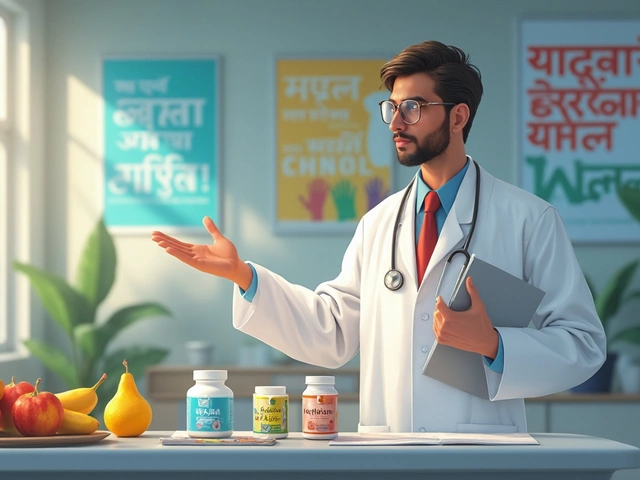Vitamin Toxicity: What Happens When Too Much Is Harmful
We all hear that vitamins are good for us, but did you know that taking too much can actually hurt? Vitamin toxicity, also called hypervitaminosis, happens when your body gets more of a vitamin than it can handle. The result can be anything from mild stomach upset to serious organ damage. Let’s break down the basics so you can stay safe while getting the nutrients you need.
Common Vitamins That Can Cause Toxicity
Not all vitamins are created equal when it comes to overdose risk. Here are the ones you should watch most closely:
- Vitamin A – Too much can cause blurry vision, bone pain, and even liver damage. Pregnant women need to be extra careful because high doses can affect the baby.
- Vitamin D – Excess leads to high calcium levels, which may cause nausea, weakness, and kidney stones. Most people only need a small supplement if they have a deficiency.
- Vitamin E – Overdoing it can thin your blood, raising the risk of bleeding. It’s rarely a problem unless you’re taking mega‑doses.
- Vitamin K – Toxicity is rare, but very high amounts can interfere with blood‑thinning medication.
- Water‑soluble vitamins (B‑complex, C) – These are usually flushed out in urine, but mega‑doses can still cause issues like nerve damage (B6) or stomach cramps (C).
Remember, the problem usually comes from supplement pills, not food. A balanced diet rarely gives you dangerous levels of vitamins.
Tips to Avoid Vitamin Overdose
Staying safe is simple if you follow a few common‑sense steps:
- Read the label – Check the amount of each vitamin per serving and compare it to the Recommended Dietary Allowance (RDA). If it’s double or more, think twice.
- Don’t mix multiple supplements – Taking a multivitamin plus a single‑nutrient pill can push you over the limit without you realizing it.
- Talk to a doctor or pharmacist – If you have a health condition or take prescription meds, they can tell you whether a supplement is safe.
- Follow the recommended dose – More isn’t always better. The “once a day” instruction is there for a reason.
- Watch for symptoms – Nausea, headache, fatigue, or unusual bruising can be early signs of excess vitamins. If you notice anything odd, stop the supplement and seek advice.
Keeping a small notebook of what you take can help you spot patterns. Write down the brand, dose, and time of day – it’s a quick habit that saves headaches later.
If you ever suspect vitamin toxicity, get a blood test. Doctors can measure vitamin levels and guide you on how to bring them back to normal. Most cases are reversible once you stop the excess intake.
Bottom line: Vitamins are powerful tools when used right, but like any tool, they can cause damage if misused. Stick to the recommended amounts, keep an eye on your overall supplement load, and ask a professional when in doubt. Your body will thank you with steady energy, clear skin, and no unwanted side effects.






